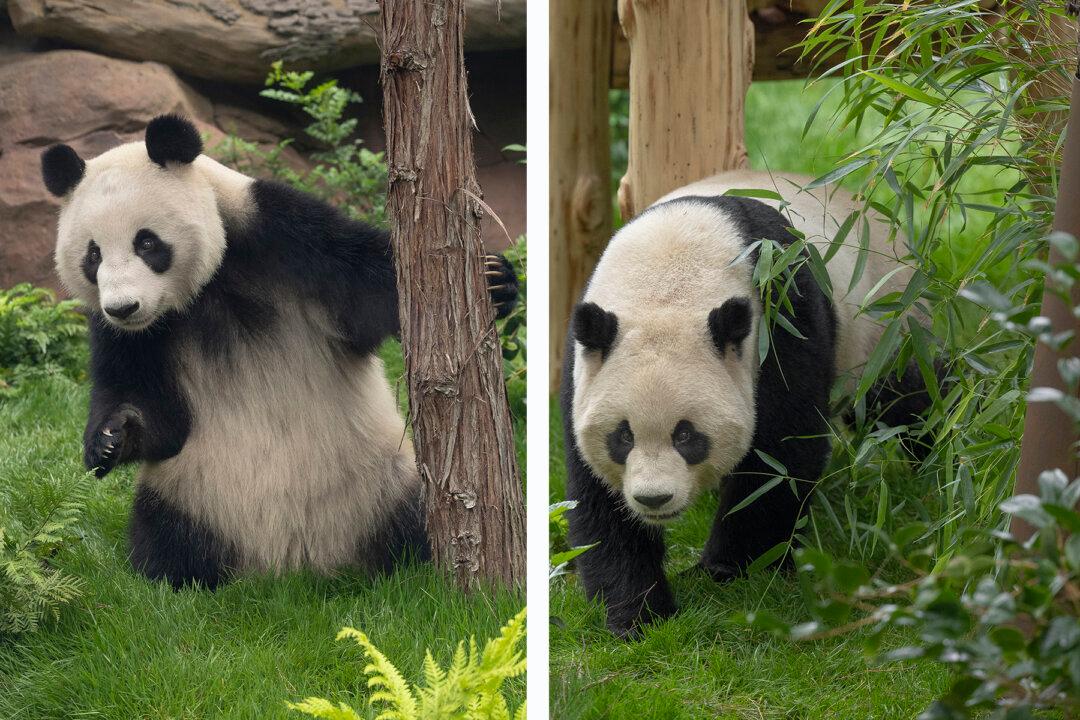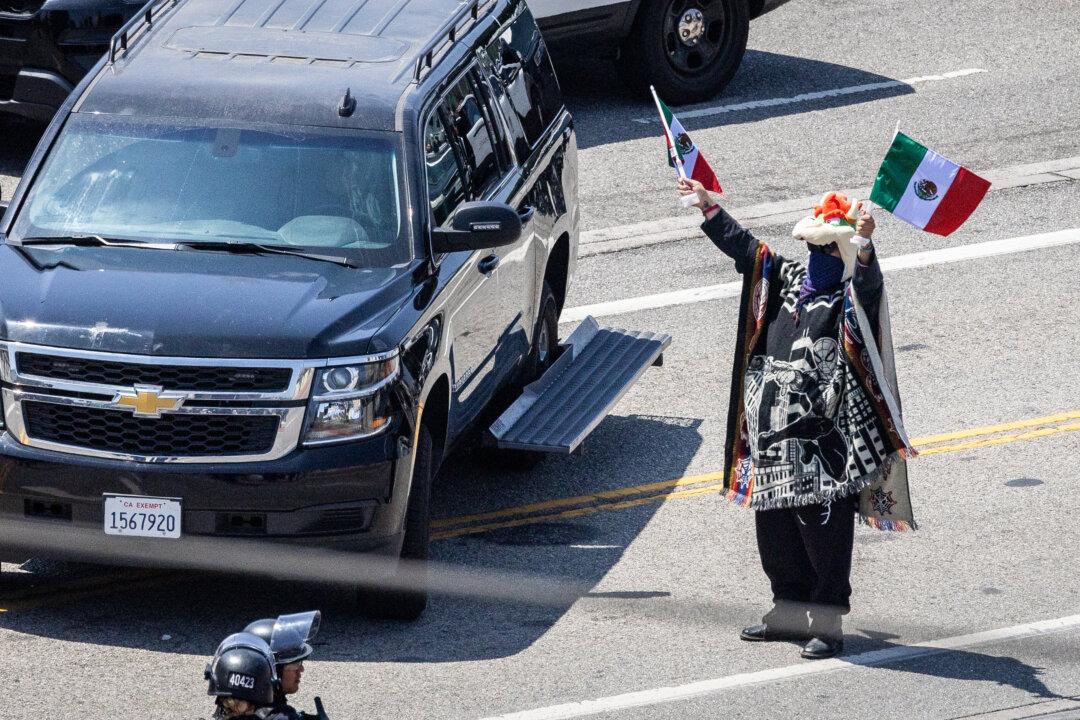SAN DIEGO—Wildlife fans and visitors at the San Diego Zoo can now see the two giant pandas recently flown to Southern California from China, starting on Aug. 8.
After more than a month’s adaption to their new home in San Diego, Yun Chuan and Xin Bao—the first pandas to enter the United States in 21 years—will make their public debut at the zoo’s new Panda Ridge.




